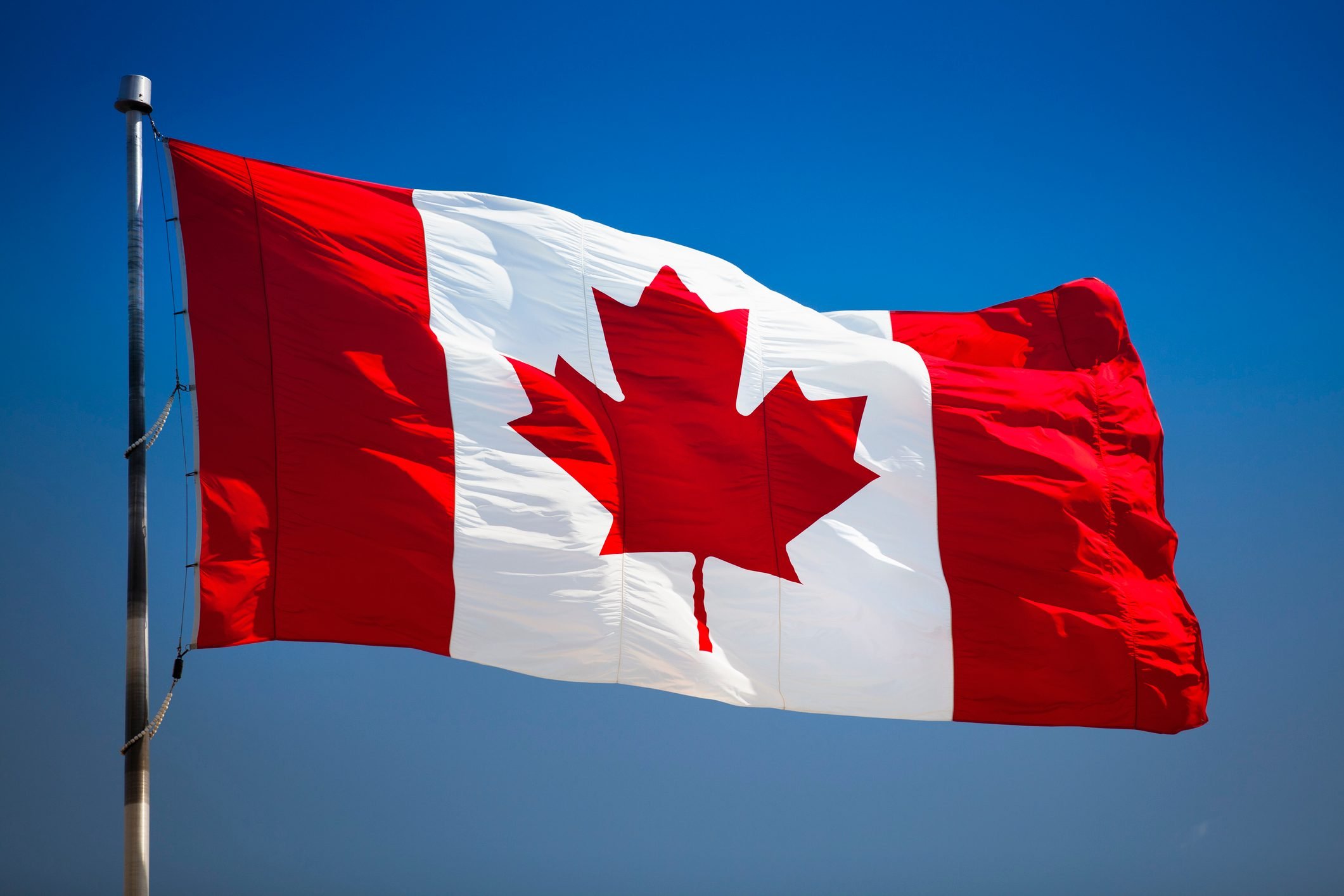
The History of the Flag
On February 15, 1965, Canada officially adopted its current national flag. Prior to this, the country had used both the Union Jack and the Canadian Red Ensign as its national flag. However, there was a growing desire for a distinctly Canadian flag that did not contain any symbols of its colonial past.
The Design of the Flag

The design of the Canadian flag was the result of a national competition that received over 2,600 entries. The winning design was created by George Stanley, a professor at the Royal Military College of Canada, and it featured a red and white flag with a single 11-pointed red maple leaf in the center. The red and white colors were chosen to represent Canada's French and English heritage, while the maple leaf was a symbol that had long been associated with Canada.
The Significance of the Maple Leaf
The maple leaf has been a symbol of Canada for centuries. Indigenous peoples used the sap of the maple tree for food and medicine, and it was later adopted by European settlers as a symbol of the land they had claimed as their own. The maple leaf was also used as a symbol of Canada during World War I, when Canadian soldiers wore a maple leaf badge on their uniforms. By the time of the flag competition in the 1960s, the maple leaf had become a widely recognized symbol of Canadian identity.
The Evolution of the Maple Leaf on the Flag
While the maple leaf has always been a central part of the Canadian flag, the design of the leaf itself has gone through several changes over the years. The original design featured a stylized, 11-pointed leaf that was meant to represent all of the different species of maple trees found in Canada. In 1967, a new design was introduced that featured a simplified, stylized maple leaf with only 9 points. This design has remained the same ever since, and it has become one of the most recognizable national symbols in the world.
The Importance of the Canadian Flag

The Canadian flag is more than just a symbol of the country's national identity. It is also a symbol of unity and pride for Canadians around the world. The flag is flown at government buildings, businesses, and private homes across the country, and it is often displayed at international events and gatherings. The Canadian flag is a reminder of the country's rich history and diverse culture, and it serves as a beacon of hope and unity for all Canadians.
The Legacy of the Canadian Flag

The Canadian flag has become an enduring symbol of the country's identity and values. It has been used by Canadians to express their patriotism and love for their country, and it has been adopted by other countries and organizations as a symbol of peace and unity. The Canadian flag has also inspired a sense of national pride and identity among Canadians of all ages, and it has helped to create a sense of unity and purpose that has helped to shape the country's future.
Conclusion
The maple leaf has been a symbol of Canada for centuries, and it has played an important role in the country's history and culture. The adoption of the maple leaf as the central symbol on the Canadian flag was a natural choice that reflected the country's unique identity and values. Today, the Canadian flag is an enduring symbol of unity, pride, and hope for Canadians around the world.